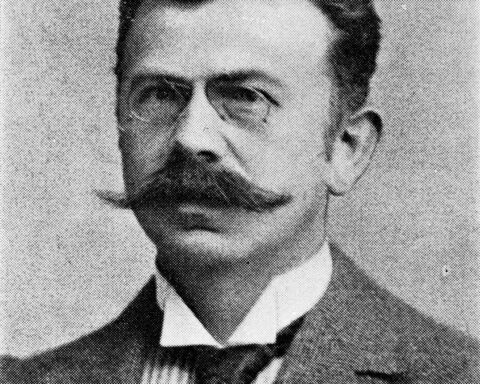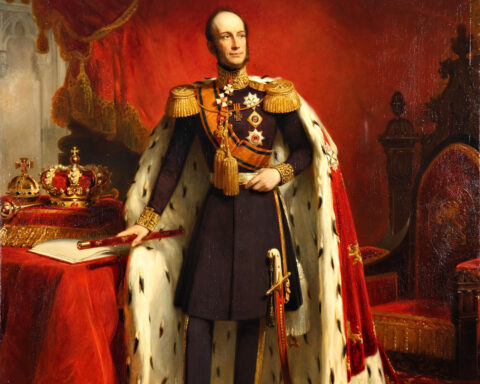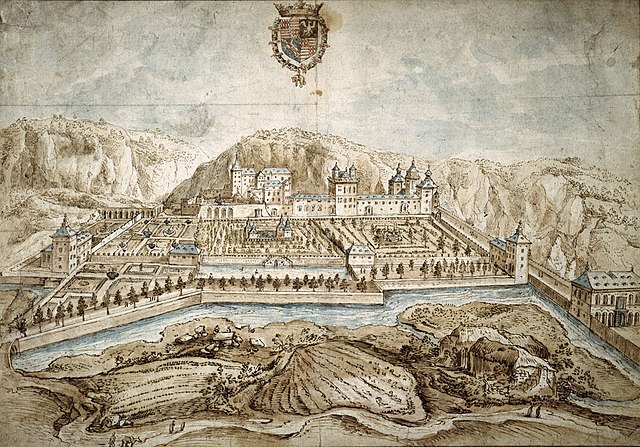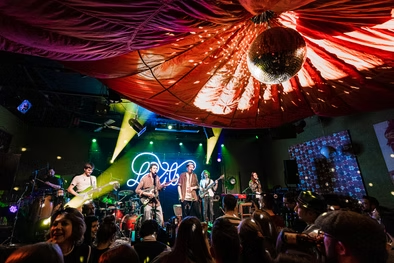Mansfeldschlass, also known as La Fontaine Castle, was among the largest Renaissance residences in Northern Europe. Located in Clausen, it represents a vanished heritage now being revived through archaeological research and urban renewal efforts.
Construction and Renaissance Grandeur
Built between 1563 and 1604 by Pierre-Ernest de Mansfeld, governor of Luxembourg, Mansfeldschlass embodied Renaissance ideals. Designed as a prestigious residence, it featured terraced gardens, fountains, grottoes, sculptures, an art gallery, a hunting park, and water-powered automata. Inspired by Italian villas, the castle stood out for its architectural sophistication and integration with its natural surroundings. Positioned near the Alzette River in Clausen, the site was developed into a harmonious landscape of power and beauty. It served not just as a residence but as a cultural and political statement. Every architectural and decorative element reinforced the authority and humanist ambition of its builder, making the castle one of the most elaborate private constructions of its time in Luxembourg.
Decline, Neglect and Ruin
After Mansfeld’s death in 1604, the castle was inherited by the Spanish crown. Many artworks and artifacts were transferred to Madrid. Over time, the structure fell into neglect and suffered major damage during French military campaigns in the 17th century. During the French Revolution, it was sold as national property and eventually dismantled. Its stones were reused in local buildings, contributing to the near-complete disappearance of the structure. Only cellars, portals, and scattered decorative fragments remain. For over two centuries, the site was largely forgotten, buried beneath urban expansion and historical amnesia. Only in the 21st century did systematic studies begin to uncover the scale and importance of this Renaissance landmark, reestablishing its place in Luxembourg’s architectural history.
“The Mansfeld Park today reveals the traces of a forgotten castle—once a symbol of Renaissance ambition in Luxembourg.”
Rediscovery and Cultural Revival
Since the early 2000s, interest in Mansfeldschlass has grown significantly. The Mansfeld Park, inaugurated in 2017, integrates the castle ruins and allows visitors to rediscover its original layout. Archaeological excavations have unearthed structural elements, and the area was designated a protected heritage site in 2018. In 2019, a major exhibition at the National Archives reconstructed the castle through 3D visuals, archival materials, and interpretive displays. These initiatives aim to restore public awareness of the site and underline its historical value. Once a symbol of forgotten grandeur, the castle is now positioned as a key cultural asset in Luxembourg’s collective memory, bridging past and present through urban heritage.



















